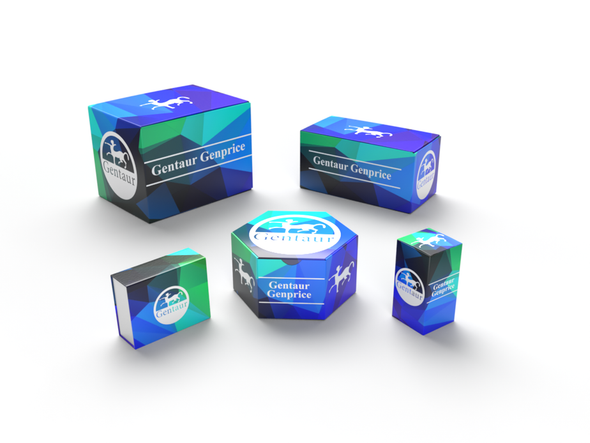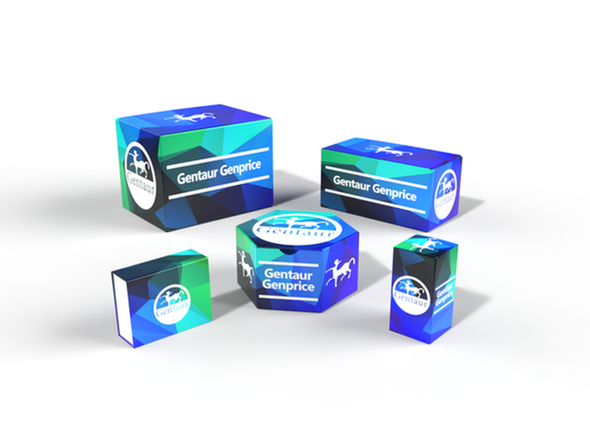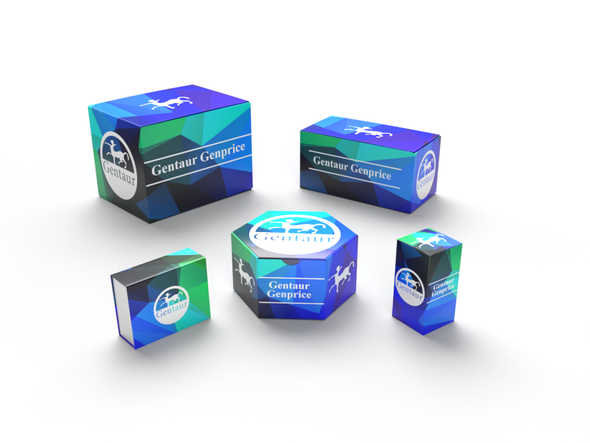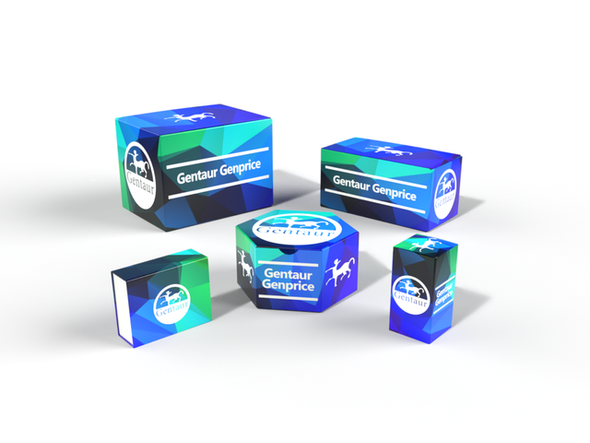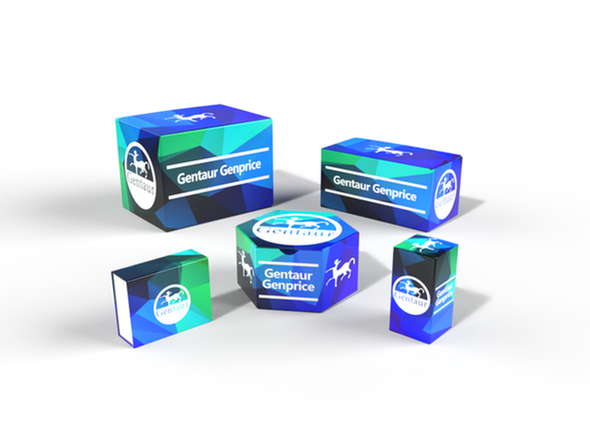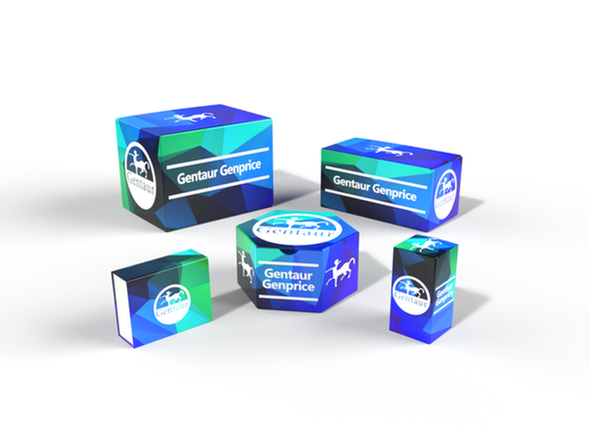740
Human Homocysteine (HCY) ELISA Kit | AE62778HU
- SKU:
- 740-AE62778HU
- Availability:
- Usually ships in 5 working days
Description
Human Homocysteine (HCY) ELISA Kit | AE62778HU | Gentaur UK, US & Europe Distribution
Species Reactivity: Human (Homo sapiens)
Abbreviation: HCY
Alternative Name: N/A
Application: ELISA
Range: 98.77-8000 ng/mL
Sensitivity: 39.55 ng/mL
Intra-Assay: ≤5.7%
Inter-Assay: ≤9.4%
Recovery: 0, 98
Sample Type: Serum, Plasma, Other biological fluids
Detection Method: Sandwich
Analysis Method : Quantitive
Test Principale: This assay employs a two-site sandwich ELISA to quantitate Hcy in samples. An antibody specific for Hcy has been pre-coated onto a microplate. Standards and samples are pipetted into the wells and anyHcy present is bound by the immobilized antibody. After removing any unbound substances, a biotin-conjugated antibody specific for Hcy is added to the wells. After washing, Streptavidin conjugated Horseradish Peroxidase (HRP) is added to the wells. Following a wash to remove any unbound avidin-enzyme reagent, a substrate solution is added to the wells and color develops in proportion to the amount of Hcy bound in the initial step. The color development is stopped and the intensity of the color is measured.
Product Overview: Homocysteine is an amino acid with the formula HSCH2CH2CH (NH2) CO2H. It is a homologue of the amino acid cysteine, differing by an additional methylene (-CH2-) group. It is biosynthesized from methionine by the removal of its terminal Cε methyl group. Homocysteine can be recycled into methionine or converted into cysteine with the aid of B-vitamins.Homocysteine is not obtained from the diet. Instead, it is biosynthesized from methionine via a multi-step process. First, methionine receives an adenosine group from ATP, a reaction catalyzed by S-Adenosyl-methionine synthetase, to give S-adenosyl methionine ("SAM") . SAM then transfers the methyl group to an acceptor molecule. The adenosine is then hydrolyzed to yield L-homocysteine. L-homocysteine has two primary fates: conversion via tetrahydrofolate (THF) back into L-methionine or conversion to L-cysteine.
Stability: The stability of ELISA kit is determined by the loss rate of activity. The loss rate of this kit is less than 5% within the expiration date under appropriate storage condition. The loss rate was determined by accelerated thermal degradation test. Keep the kit at 37°C for 4 and 7 days, and compare O.D.values of the kit kept at 37°C with that of at recommended temperature. (referring from China Biological Products Standard, which was calculated by the Arrhenius equation. For ELISA kit, 4 days storage at 37°C can be considered as 6 months at 2 - 8°C, which means 7 days at 37°C equaling 12 months at 2 - 8°C) .



